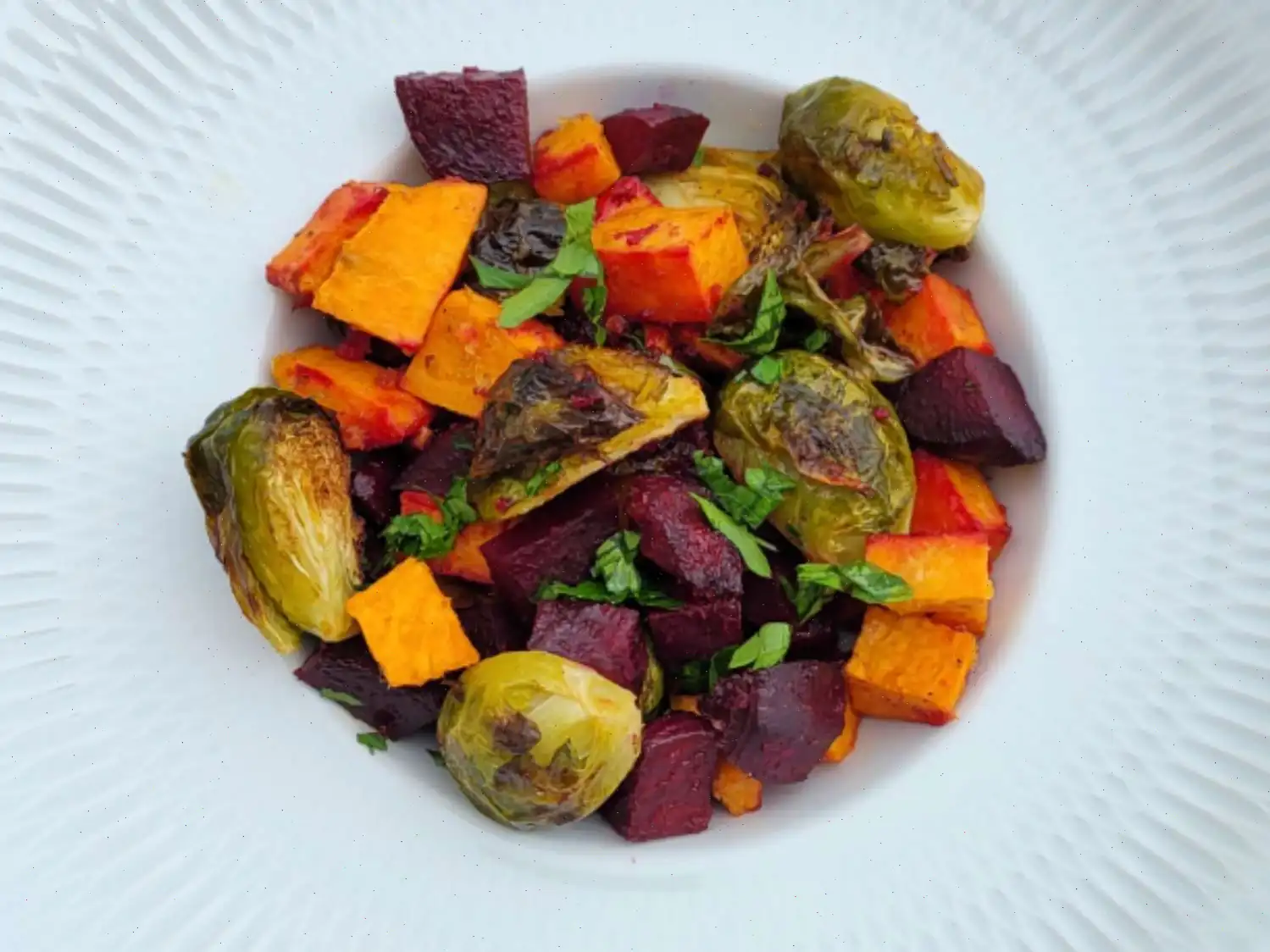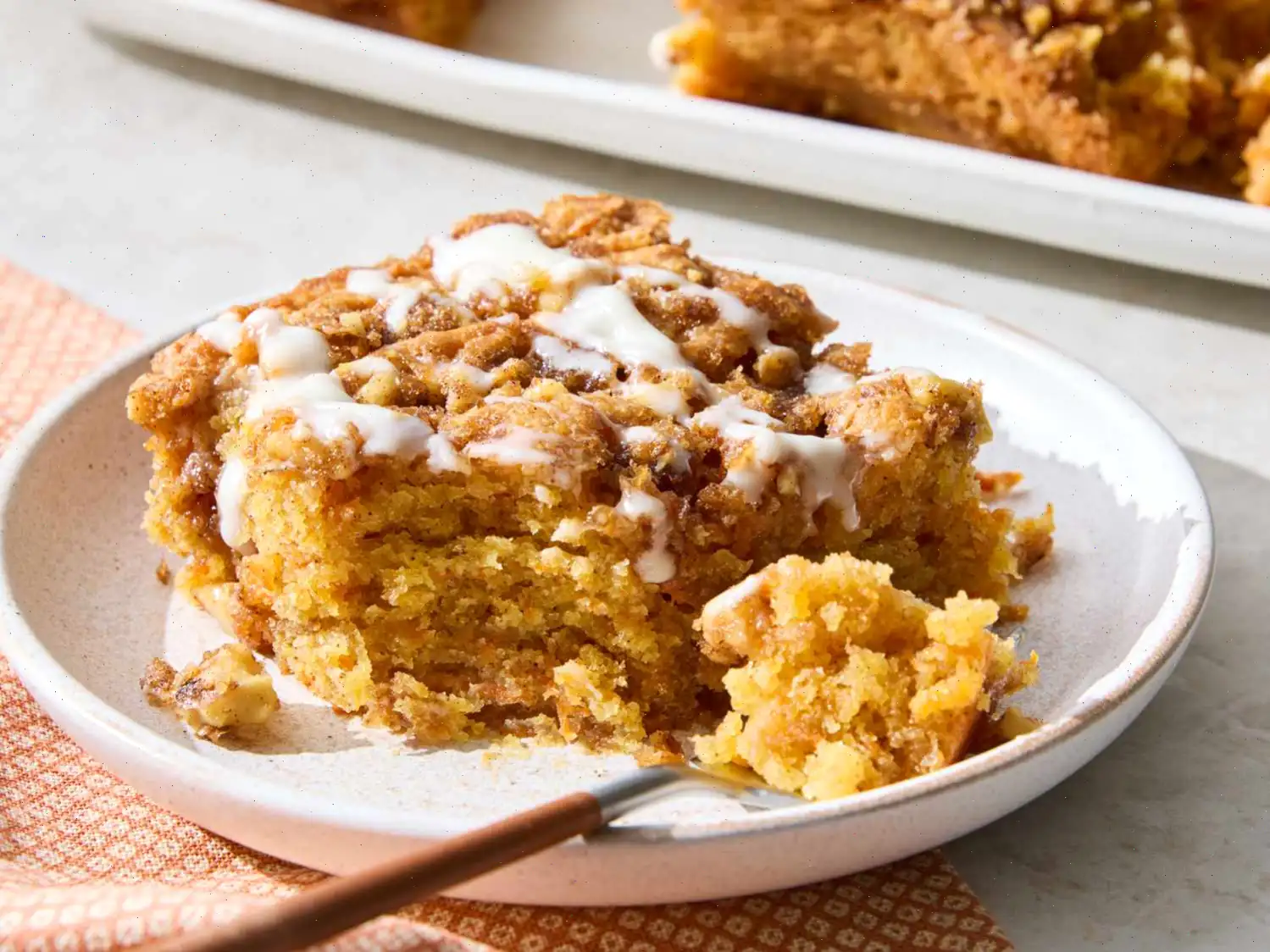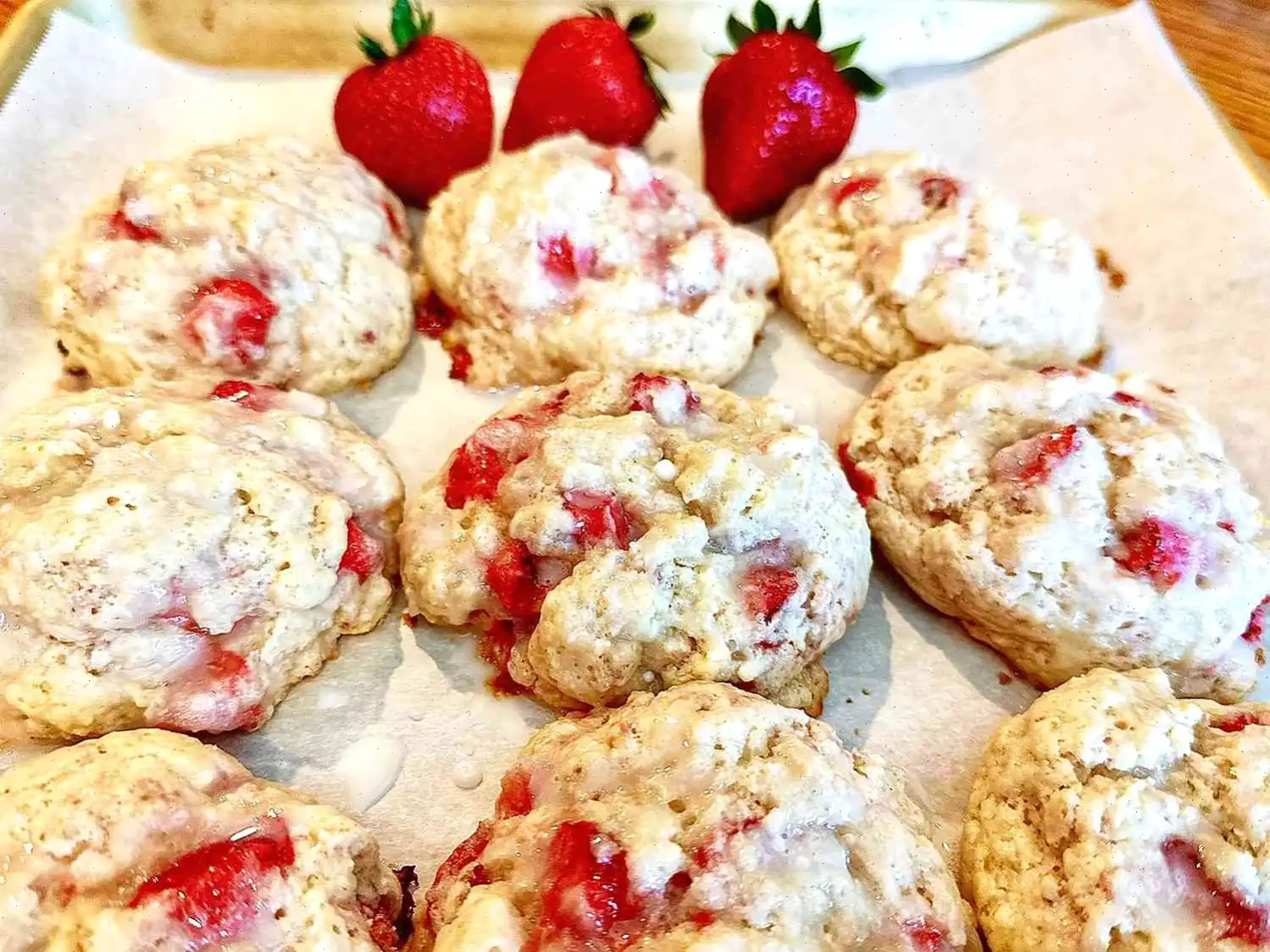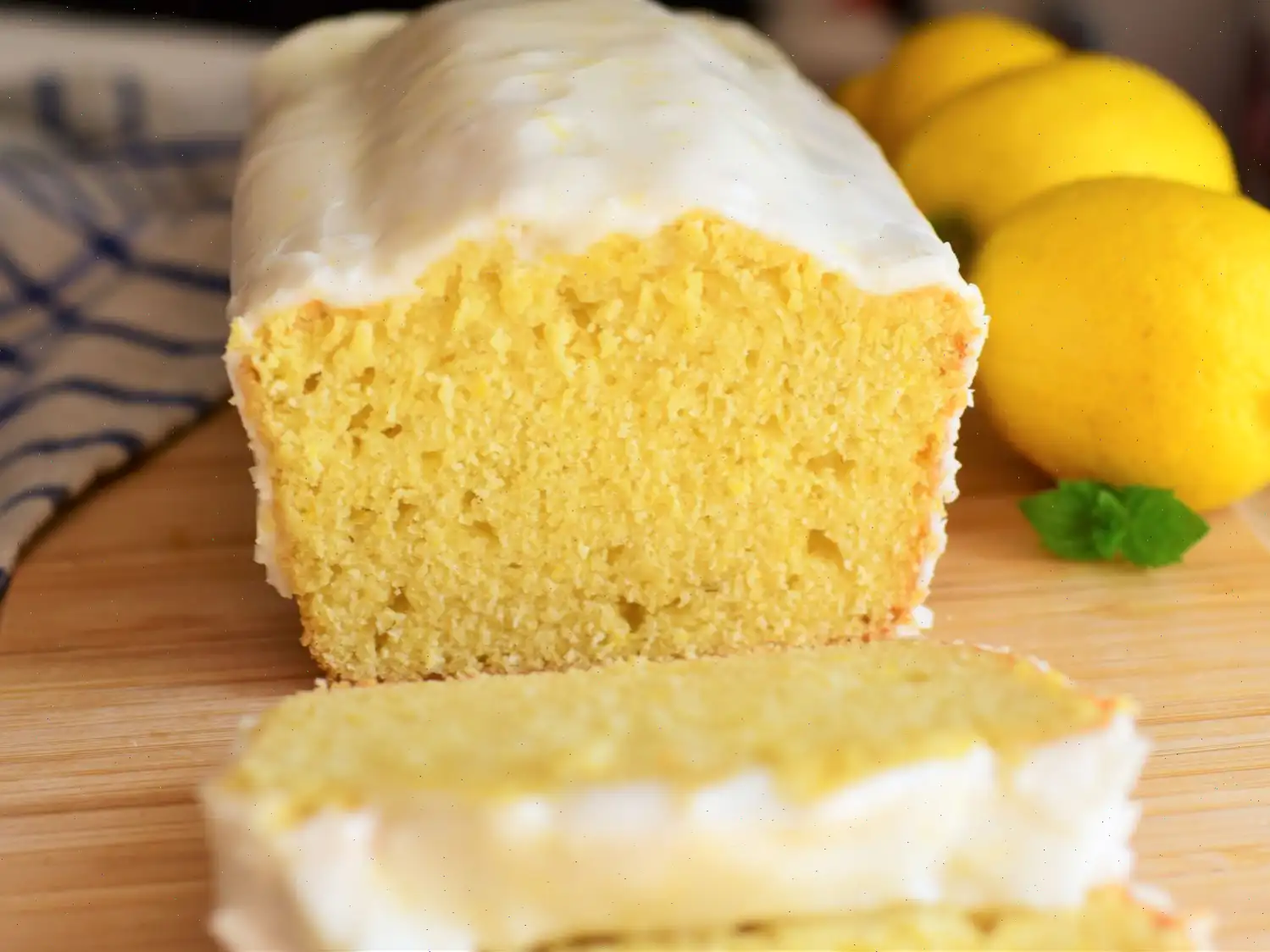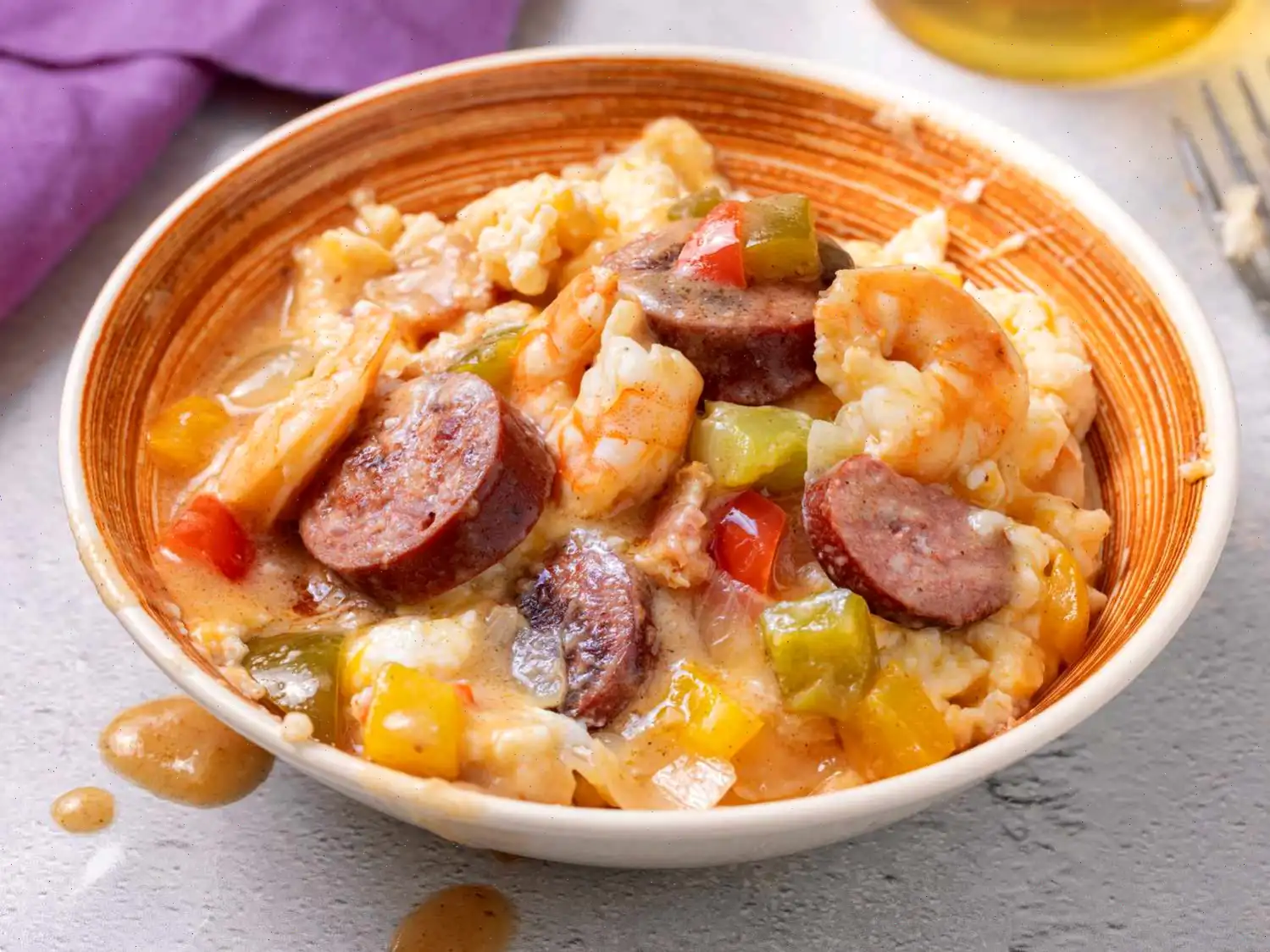
Sheet Pan Red Flannel Hash
Ingredients
This recipe yields 4 servings. Ingredient amounts are automatically adjusted for larger or smaller batches, but cooking times remain the same.
- 1 pound sweet potatoes, peeled and cut into 1-inch pieces
- 1 pound beets, peeled and cut into 1-inch pieces
- 1 pound Brussels sprouts, trimmed and halved
- 4 cloves garlic, minced
- 1/4 cup olive oil
- 1/4 cup prepared horseradish
- 1/4 teaspoon Kosher salt
- 1/2 teaspoon freshly ground black pepper
- 1/4 cup chopped fresh flat-leaf parsley
Directions
- Preheat your oven to 400F (200C) and line a sheet pan with parchment paper for easy cleanup.
- In a large bowl, combine sweet potatoes, beets, Brussels sprouts, minced garlic, olive oil, and horseradish. Mix until vegetables are evenly coated.
- Season the mixture with Kosher salt and freshly ground black pepper, tossing gently to distribute the seasoning.
- Spread the vegetables in a single layer on the prepared sheet pan.
- Roast in the preheated oven for about 30 minutes, stirring halfway through to ensure even cooking, until all vegetables are tender and slightly caramelized.
- Remove from the oven and sprinkle with freshly chopped parsley before serving.
Nutrition Facts (per serving)
- Calories: 326
- Total Fat: 15g (19% DV)
- Saturated Fat: 2g (10% DV)
- Cholesterol: 0mg (0% DV)
- Sodium: 296mg (13% DV)
- Total Carbohydrates: 46g (17% DV)
- Dietary Fiber: 10g (35% DV)
- Total Sugars: 20g
- Protein: 8g (15% DV)
- Vitamin C: 106mg (118% DV)
- Calcium: 122mg (9% DV)
- Iron: 3mg (19% DV)
- Potassium: 1317mg (28% DV)
*Percent Daily Values are based on a 2,000 calorie diet. Your daily values may be higher or lower depending on your calorie needs. Nutrient information is based on available data; consult your doctor for medically restrictive diets.
The Story Behind Sheet Pan Red Flannel Hash
Red flannel hash is a traditional dish that dates back to the 19th century in New England, particularly in Maine. Its distinctive red color comes from beets, which were often combined with leftover root vegetables and salted meats to create a hearty, economical meal. Originally, this dish was made on the stovetop as a way to use up leftovers from Sunday roasts, transforming simple ingredients into a colorful, nourishing breakfast or brunch option. Over time, variations like the sheet pan version have modernized the preparation, allowing for a quick, convenient roasting method while keeping the classic flavors intact.
Regional Characteristics
Red flannel hash has deep roots in the northeastern United States. In Maine, where the dish became iconic, it traditionally included salted beef, potatoes, and beets. The modern sheet pan adaptation, featuring sweet potatoes and Brussels sprouts, reflects contemporary tastes while maintaining the essence of the original. Regional preferences also influence seasoning choices; in New England, a hint of horseradish or mustard is sometimes added to complement the earthy sweetness of the root vegetables.
How It Differs From Similar Dishes
While similar to standard hash recipes, red flannel hash is distinguished by its vibrant red color from beets and the combination of root vegetables rather than just potatoes. Unlike corned beef hash, which relies heavily on meat, red flannel hash can be entirely vegetarian while still providing a rich, savory flavor. The inclusion of roasted vegetables and fresh herbs in the sheet pan version adds texture and depth that sets it apart from simpler breakfast hashes.
Where Its Typically Served
Sheet pan red flannel hash is often served as a brunch centerpiece, especially in cafes and bistros that focus on farm-to-table or seasonal menus. It is versatile enough to be a weekday breakfast at home or part of a weekend brunch spread. The dish pairs exceptionally well with poached or fried eggs, adding protein and richness that complement the earthy vegetables.
Interesting Facts
- The name red flannel comes from the bright red hue of beets, reminiscent of the traditional flannel fabric color.
- Originally a frugal dish, it was designed to minimize food waste by combining leftover vegetables and meats.
- Modern sheet pan adaptations make it faster to prepare and more suitable for large gatherings without sacrificing the traditional flavors.
- Its colorful presentation and balanced nutrients make it popular among health-conscious eaters, as it is high in fiber, vitamins, and antioxidants.
- The dish has inspired variations worldwide, with chefs incorporating local vegetables while maintaining the signature red tone.



